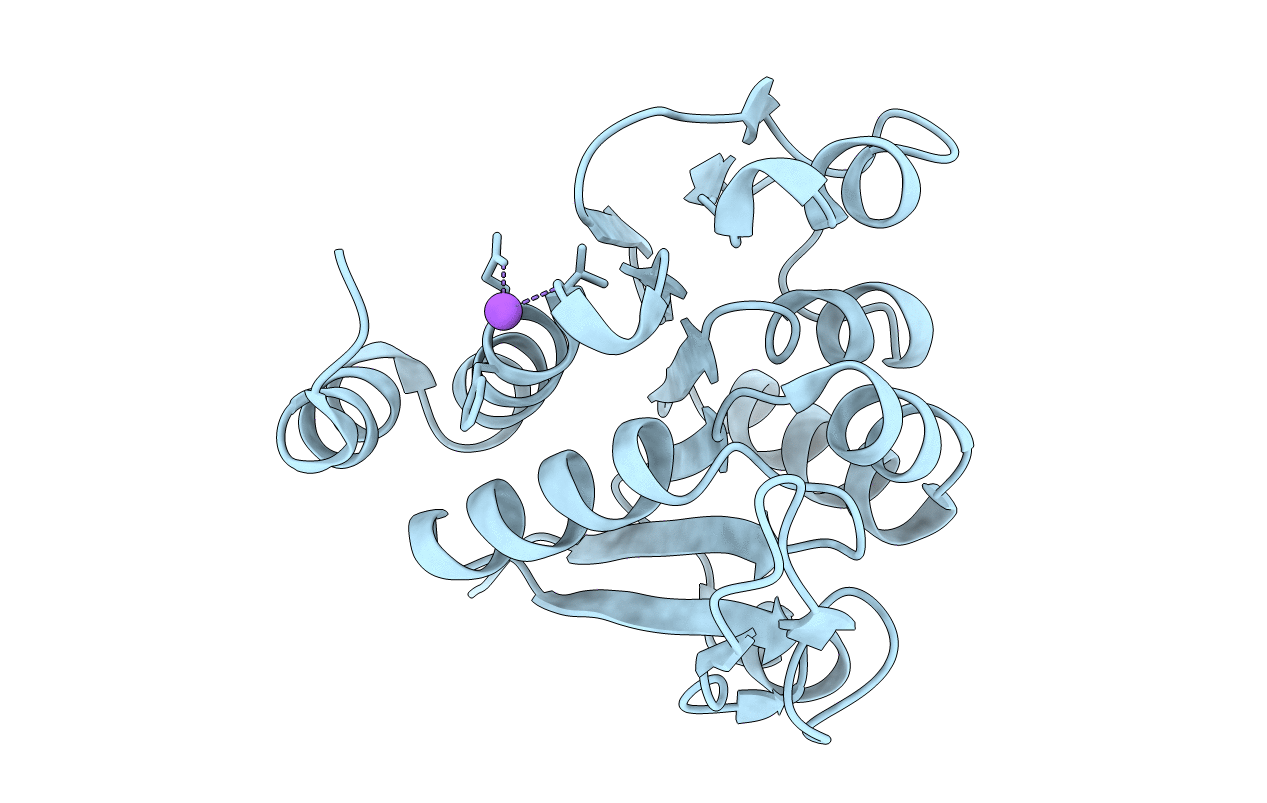
Deposition Date
2014-02-07
Release Date
2014-02-19
Last Version Date
2024-11-20
Method Details:
Experimental Method:
Resolution:
1.49 Å
R-Value Free:
0.13
R-Value Work:
0.11
R-Value Observed:
0.11
Space Group:
P 31 2 1


